Helen B
TPF Noob!
- Joined
- Sep 16, 2007
- Messages
- 3,296
- Reaction score
- 467
- Location
- Hell's Kitchen, New York
- Can others edit my Photos
- Photos NOT OK to edit
First, it is only a suggestion. If you wish you can use the pixel size or the printer ppi projected to the magnification at the sensor. It's your choice, not theirs.
The suggested format-specific MACC value is based on the typical viewing distance of a print in relation to its diagonal, and average human acuity. It's the approach taken with lenses that have DoF markings on the barrel (which happen to depend on the format the lens is meant for).
There always have been departures from that typical suggested approach and resulting MACC value - whether from a desire to maximize the system resolution or to tailor the sharpness criterion up or down to match the print quality (eg printer ppi or dpi) and likely viewing distance, for example.
The suggested format-specific MACC value is based on the typical viewing distance of a print in relation to its diagonal, and average human acuity. It's the approach taken with lenses that have DoF markings on the barrel (which happen to depend on the format the lens is meant for).
There always have been departures from that typical suggested approach and resulting MACC value - whether from a desire to maximize the system resolution or to tailor the sharpness criterion up or down to match the print quality (eg printer ppi or dpi) and likely viewing distance, for example.


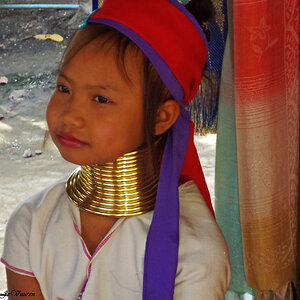
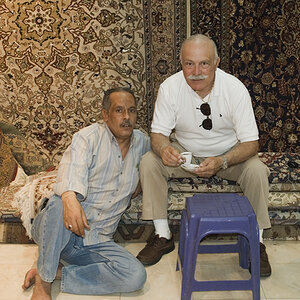
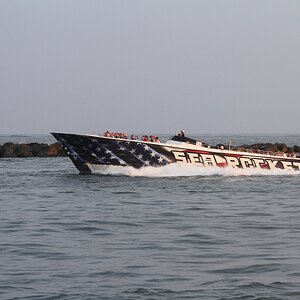
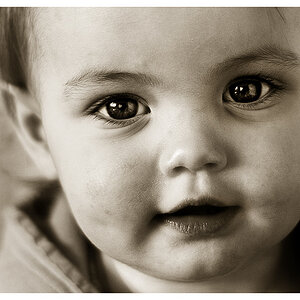

![[No title]](/data/xfmg/thumbnail/41/41900-d02b27da6248f10da25edf2413570222.jpg?1619739936)
![[No title]](/data/xfmg/thumbnail/41/41903-5ec48c22a1b66968c94f056b8ad647f2.jpg?1619739940)
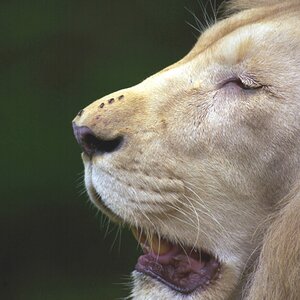

![[No title]](/data/xfmg/thumbnail/39/39193-6ebc8ca9478a68b5fe2120c2163f40d3.jpg?1619738908)
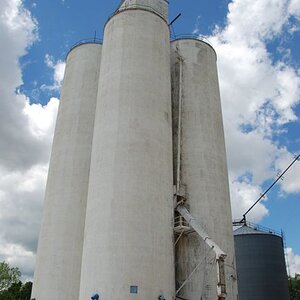
![[No title]](/data/xfmg/thumbnail/39/39192-04c5ebace34cd7a5fdf0ddd1f70db4c7.jpg?1619738908)